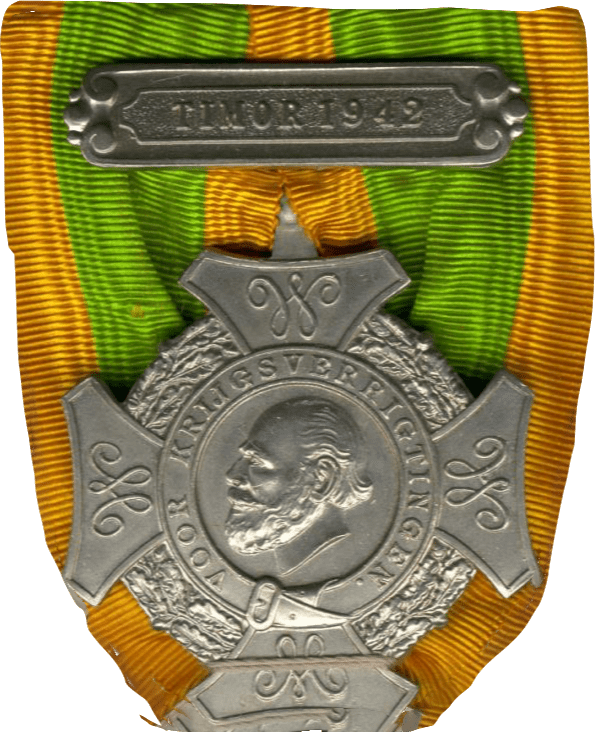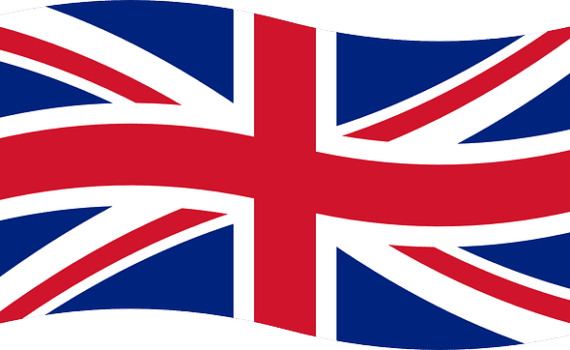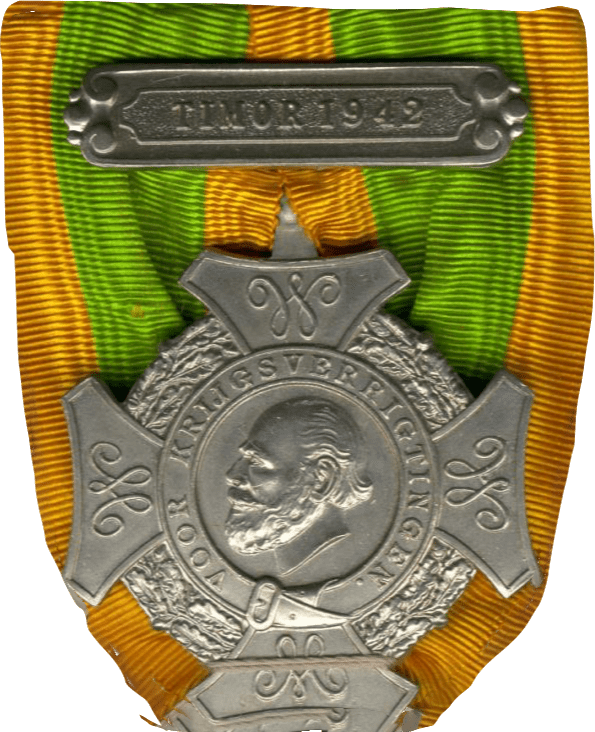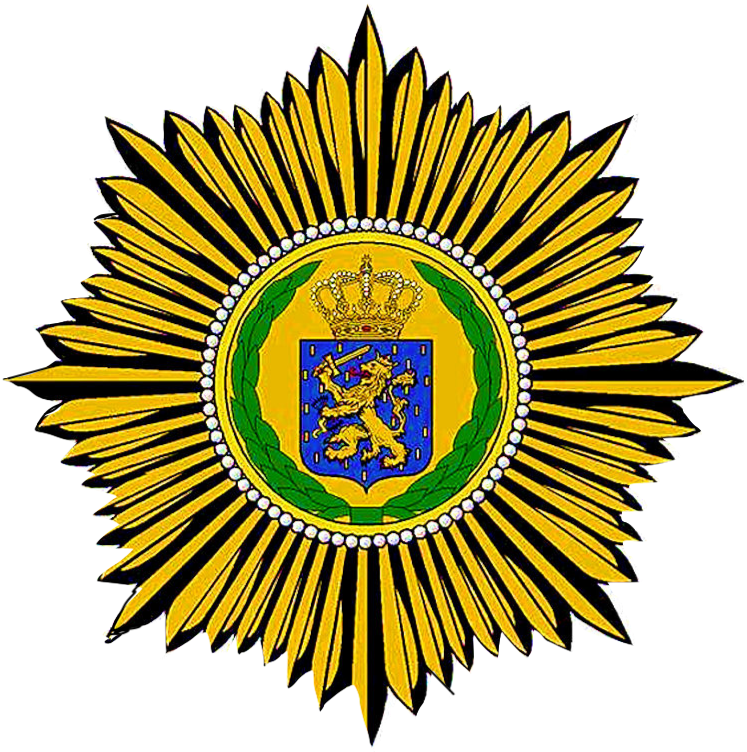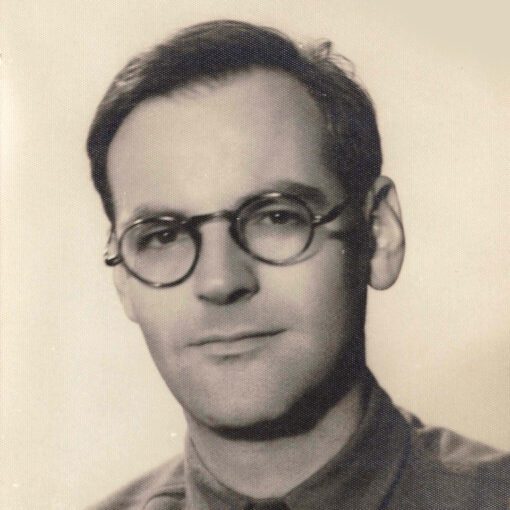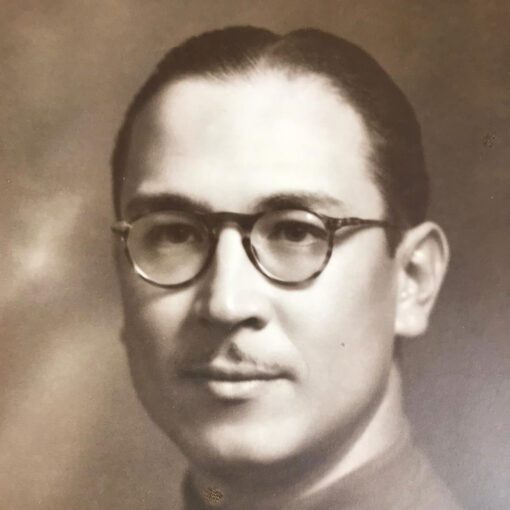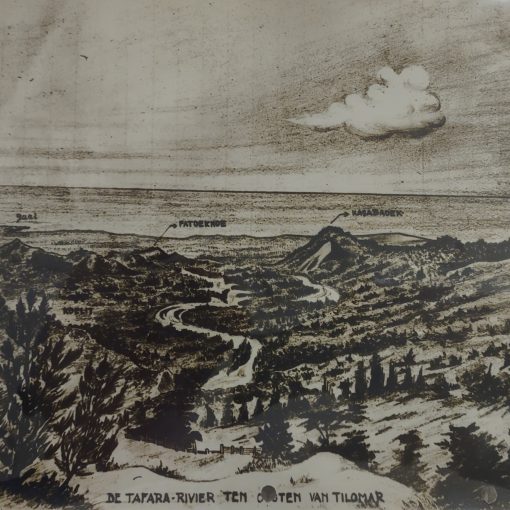An unusual ANZAC story: How my grandfather evacuated Australian troops from Timor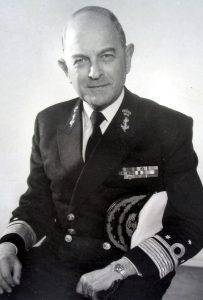
Written by Dr Edwin Kruys, grandson of Vice Admiral W.J. Kruys [1]
As an immigrant from Amsterdam (Netherlands) to Australia I have often thought about the meaning of ANZAC day [2] (ANZAC stands for ‘Australian and New Zealand Army Corps’): My family and I make an effort to attend the ANZAC memorial ceremonies and pay respect to Australian men and women who fought for freedom, but somehow I always feel like an outsider. I thought this was because I don’t share a common history.
I realised I was wrong when I re-discovered my grandfather’s remarkable Timor mission in 1942. It is also part of the history of Australian soldiers sent to Timor to help the Dutch defend the island against the Japanese invasion. When Timor yielded to the Japanese, about 400 Australian troops and 220 Dutch were cut off in the mountainous jungle. They refused to surrender and embarked upon a guerrilla war against thousands of Japanese soldiers.
Many of the Australian and Dutch soldiers sent to Timor never came home. But those who did, I’m proud to say, were among those rescued by my grandfather during a hazardous navy operation.
A difficult mission
“In the night of 4 December 1942 the Dutch destroyer Tjerk Hiddes lay moored alongside the
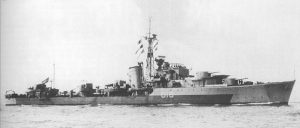
pier in Fremantle.” That’s how the report in the US Naval Institute Proceedings begins. The story, written by US Navy Admiral Gordon, reads like a novel.
My grandfather Willem Jan Kruys, at the time Lieutenant Commander in the Royal Dutch Navy, was the skipper of the vessel. That night in Fremantle he received orders to proceed, via Darwin, to the island of Timor and bring the remainder of the Australian Forces, Dutch troops and civilians back to Darwin.
My grandfather knew this was a dangerous mission. Torpedo planes had sunk the Australian corvette Armidale while it was attempting to evacuate troops from the island. The Australian destroyer Voyager had run aground on the Timorese coast and was damaged beyond recovery after Japanese dive bombers spotted the ship on the beach.
The Tjerk Hiddes had been under attack before by a Japanese squadron of high-altitude bombers from bases on Timor. On that occasion my grandfather managed to successfully manoeuvre his ship to avoid the bombs. And now he was heading back to the Timor Sea.
Admiral Gordon’s report continues: “In Darwin he had obtained a patrol schedule, just recovered from a downed aircraft, which showed every detail of Japanese air reconnaissance in the area. The RAAF was sure that they would change the schedule at once.”
“Kruys, an old Far East hand, said, ‘When they get a good plan, they stick to it. I’ll work on this one because the Japs won’t alter it too quickly.’ His second asset was nothing more than a name on a chart. In his own words: ‘I could rely on the charts because I knew the Dutch hydrographer who made the surveys in about 1932.'”
The men of Timor
What my grandfather didn’t know was the incredible story of the Dutch and Australian soldiers defending Timor against the invading Japanese troops. After many months in the jungle the soldiers of 2/2nd Independent Company, plus remnants of Sparrow Force, managed to build a radio transmitter from a broadcast receiver and a car generator, and got a signal through to Darwin which eventually led to the rescue mission.
The Tjerk Hiddes arrived at Betano in the middle of the night. My grandfather’s navigation officer, Lieutenant Keesom, used the artillery radar and ASDIC sonar to navigate the reefs and cliffs along the Timorese coast – advanced technologies at the time.
But my grandfather was just as familiar with the old sailor’s tricks: “I went ahead dead slow and ran my anchor two or three shackles out. It was actually a sounding lead hanging down and if it hit the bottom, I would know that we were in shallow water.”
“Suddenly we saw ahead, on the beach, the three fires agreed as the landing beacon. We dropped the collapsible boats, while still going ahead and towed them in with our two power boats. These power boats stayed just to seaward of the surf to tow the collapsible boats back out.”
“My first man ashore looked around with Tommy Gun ready, thinking ‘what shall I meet, Japs or whatsoever?’ It seemed a long time to him before a lone figure in the darkness made the correct recognition signal with a feeble light and asked. ‘Did you come to pick us up?'”
“‘Yes. I came for that,’ my man replied. Then the stranger whistled and suddenly the beach was crowded with men. First they loaded the sick and wounded and about twenty women and children and sent them out to the ship.”
“At a certain moment, two of the men on the beach, one from the ship and one from shore realised that even though they were talking English, they were both Dutchmen. It was hard for these people to believe that they were being rescued by a Dutch man-of-war. When they did accept the reality, they said that Tjerk Hiddes must have been sent by God!”
The Tjerk Hiddes made three high-speed return trips, successfully evacuating over 1000 people from Australian and Dutch descent. The ship was never sighted by a Japanese plane. Admiral Gordon reported: “Kruys had been right in his gamble that the Japanese wouldn’t change their patrol schedule. He learned years later that the patrol was finally changed in March 1943, right on schedule.”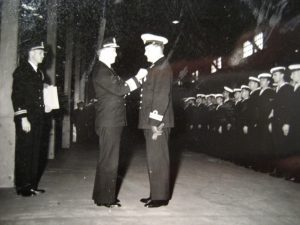
My grandfather was awarded the Legion of Merit by President Roosevelt: “By his fearless determination, excellent judgment, and outstanding professional ability throughout this period, he brought to a successful conclusion an extremely difficult and perilous mission.”
Sacrifice and freedom
After World War II my grandfather became Vice Admiral in the Royal Dutch Navy. He lived in the Netherlands until his death on 20 April 1985.
As fate would have it, as a doctor I had the privilege of looking after one of the Australian Timor veterans rescued by my grandfather. He was in his nineties, but he spoke about how they built the radio transmitter as if it happened yesterday.
Re-discovering this story in the family archives has changed the way I think about ANZAC day. I realised that, although it is an Australian-New Zealand-British tradition, its values of sacrifice and freedom are non-exclusive, and its tragedies universal.
Most of us can relate to the ANZAC spirit – even if we were born outside Australia or don’t have ancestors who took part in an Australian military conflict.
Lest we forget.
In loving memory of my grandfather Willem Jan Kruys (1906-1985) and his son, my father Willem Jan Kees Kruys (1940-2022) who passed away on ANZAC Day in 2022.
Notes:
[1]: See for W.J. Kruys: https://nl.wikipedia.org/wiki/Willem_Jan_Kruys [2]: “ANZAC day is a time when Australians reflect on the many different meanings of war” ~ Australian War Memorial